SOURCE: AFI

Iran has revealed that certain aspects of its recently signed 10-year deal with India for the development of the strategic Chabahar port have been classified as confidential. The decision, according to Iranian officials, is aimed at shielding the agreement from potential US pressure.
Ali Akbar Safaei, head of Iran’s Ports and Maritime Organization, expressed concerns about the possibility of India facing US sanctions if the full details of the Chabahar contract were made public. The comments come days after Safaei declined to disclose specifics about India’s future operations at the port during a press conference.
Continue readingSOURCE: RAUNAK KUNDE / NEWS BEAT / IDRW.ORG
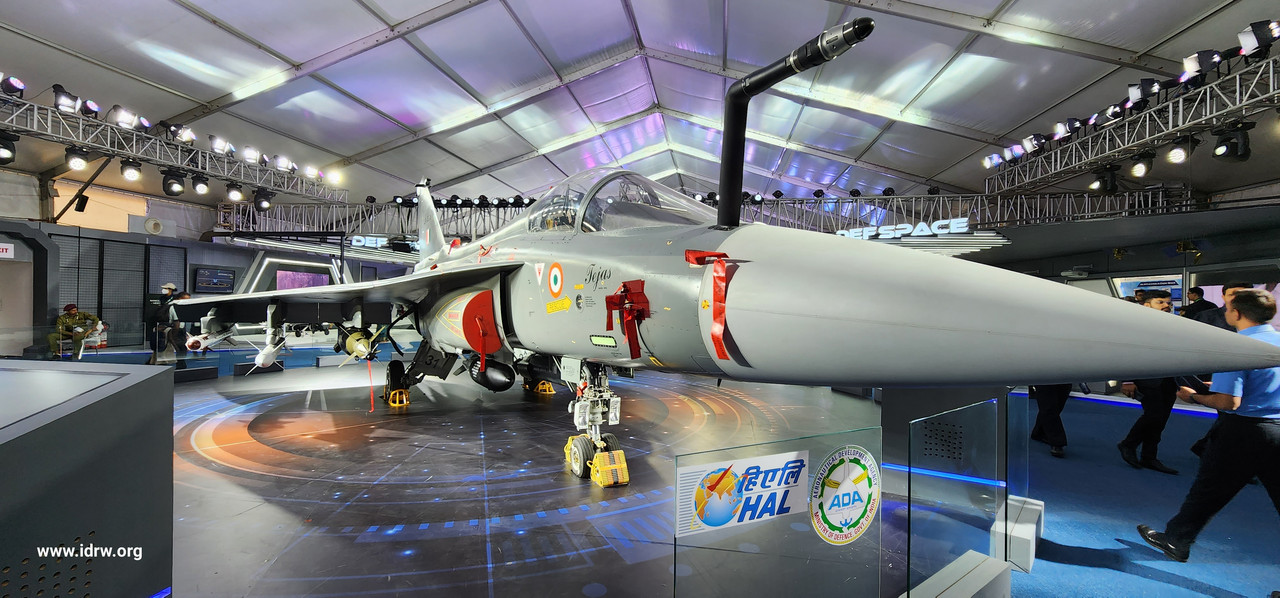
The Indian Air Force (IAF) is poised to make a significant stride with the deployment of its first Tejas Mk1A squadron later this year. This indigenous fighter jet is set to be stationed at Nal Air Force Station in Bikaner, Rajasthan, placing it strategically close to the Pakistan border by the end of 2024.
The initial plan involved upgrading existing Tejas Mk1 squadrons (45 Squadron and 18 Squadron) stationed at Sulur, Tamil Nadu. However, the IAF’s recent decision to procure an additional 97 Tejas Mk1A jets, surpassing the original 73 ordered in 2021, has shifted priorities. Upgrading older Mk1s might not be as carried out anymore said people familiar with the development to idrw.org.
Continue readingSOURCE: RAUNAK KUNDE / NEWS BEAT / IDRW.ORG
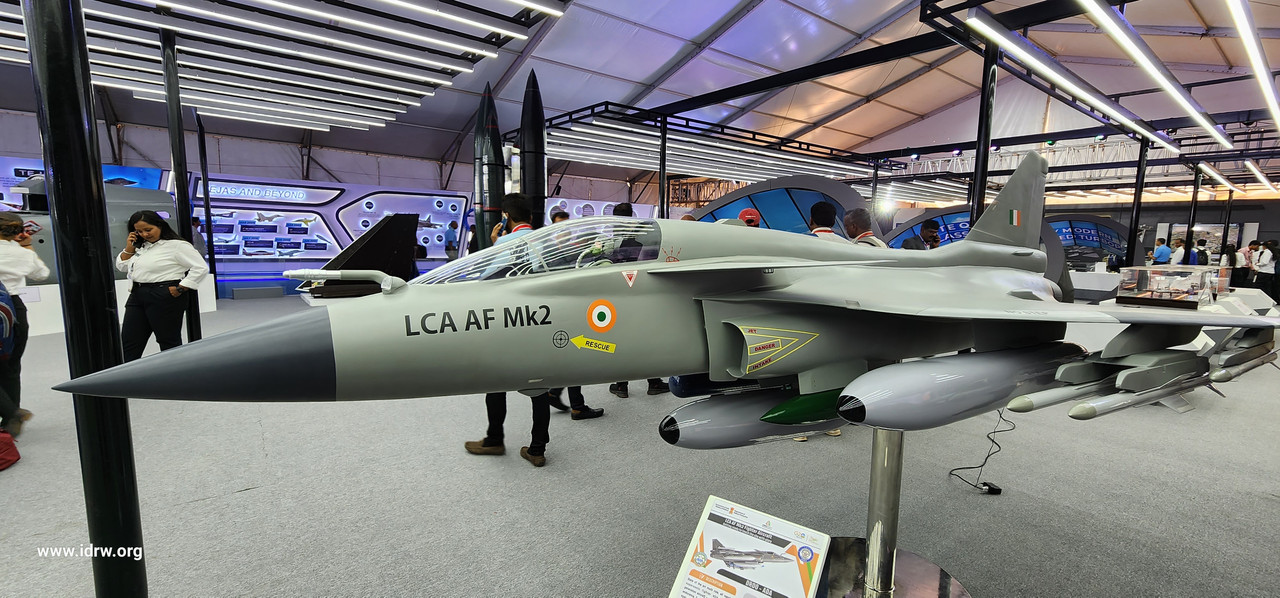
As Hindustan Aeronautics Limited (HAL) prepares to begin assembling the first Tejas MkII aircraft later this year, a crucial step in the program approaches. A team from GE Aerospace is expected to arrive in India by early to mid-2025 to oversee the integration of the GE F414 engines, the powerful heart of these next-generation fighter jets.
The Tejas MkII marks the first integration of the F414 engine into an indigenous aircraft. This necessitates close collaboration between HAL and GE. GE’s team will provide essential supervision to ensure proper engine integration and grant HAL engineers the necessary Original Equipment Manufacturer (OEM) clearances. Their expertise ensures the aircraft meets all performance and safety standards.
Continue readingSOURCE: RAUNAK KUNDE / NEWS BEAT / IDRW.ORG

The Defence Research and Development Organisation (DRDO) is revolutionizing air defence with a cutting-edge multi-layered system designed to combat the growing threat of drones. This new system, featuring a powerful Laser Directed Energy Weapon (DEW) for hardkill, leverages artificial intelligence (AI) and machine learning (ML) for unparalleled efficiency.
DRDO’s vision goes beyond just eliminating drones. This comprehensive air defence system incorporates advanced new sensors and effectors, painting a detailed picture of the airspace. This holistic approach strengthens India’s defenses against modern aerial threats, including drones and precision-guided munitions. Notably, the system boasts increased resistance to saturation attacks, a tactic where adversaries overwhelm defenses with numerous drones.
Continue readingSOURCE: AFI
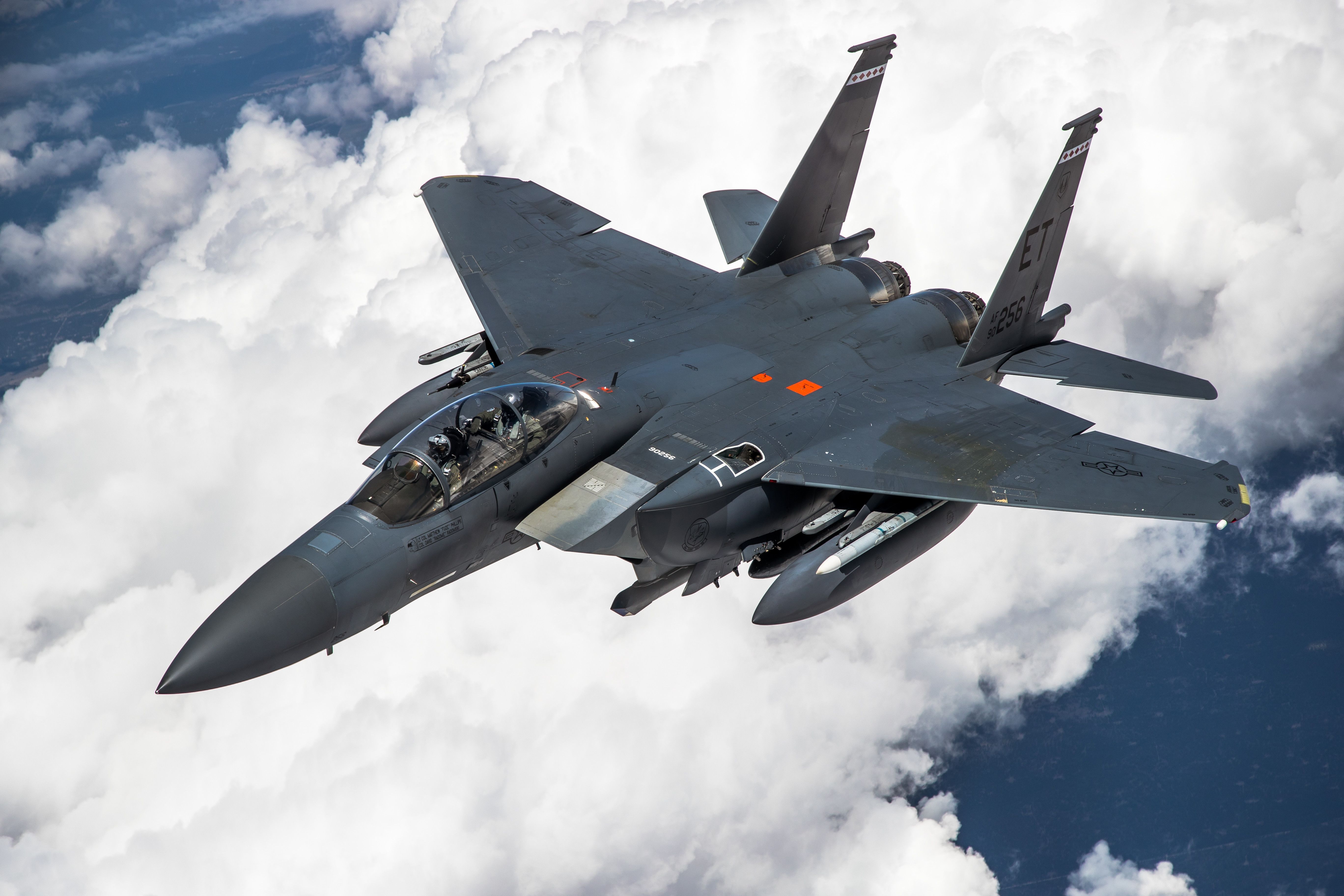
The Indian Air Force (IAF) is gearing up for a potentially high-stakes procurement of 114 Medium Range Fighter Aircraft (MRFA). While the Rafale, having already proven its mettle in Indian skies, is a formidable contender, the Boeing F-15EX is steadily emerging as a formidable challenger.
The last MRCA tender, which saw the Rafale emerge victorious, also included the Eurofighter Typhoon as a strong contender and as L2 Bidder that met all Technical round. However, the political landscape has shifted significantly since then. Germany’s veto power over arms exports has cast a long shadow over the Typhoon’s prospects.
Continue readingSOURCE: AFI
India’s Defence Research and Development Organisation (DRDO) is making strides in developing a new generation anti-tank weapon system – the BMP-2K NAMICA Mk2. This project, spearheaded by the DRDO’s Defence Research and Development Laboratory (DRDL), aims to enhance India’s armored fighting capabilities.
The NAMICA Mk2 is an upgrade of the existing NAMICA (Nag Missile Carrier) system. The original NAMICA, based on a modified BMP-2 chassis, served as a platform for launching Nag anti-tank guided missiles (ATGMs).
Continue readingSOURCE: AFI

Dehradun-based startup Star Aerospace has made a significant contribution to the operational readiness of the Assam Police by delivering a substantial quantity of AK Mod Kits. This press release highlights the features and functionalities of these upgrade kits.
Star Aerospace has supplied approximately 3,000 AK Mod Kits to the Assam Police, bolstering their existing AK rifles. These upgrade kits offer a comprehensive modernization package, equipping the rifles with various tactical features.
Continue readingSOURCE: AFI
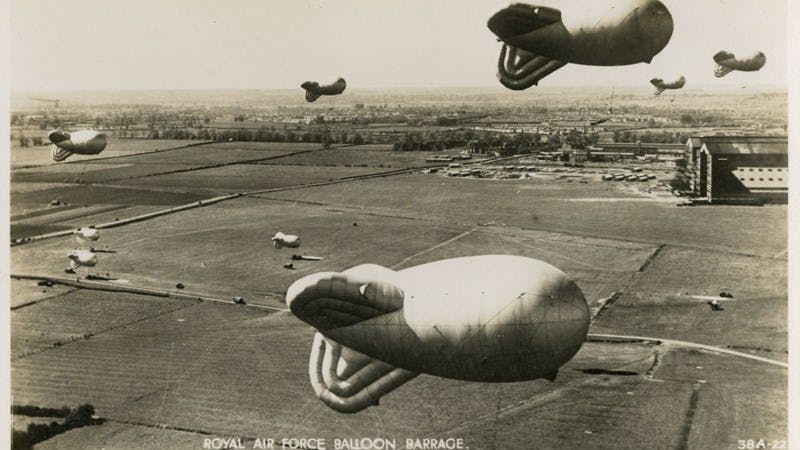
The Indian Air Force’s (IAF) role in the 1999 Kargil War was pivotal. This article explores a lesser-known challenge faced by the IAF during its night strikes – Pakistan’s deployment of “balloon barrages” along the Line of Control (LoC) in the Kargil Sector.
The summer of 1999 saw the IAF conduct its first-ever nighttime missions along the LoC to dislodge Pakistani intruders from Indian territory. However, their operations faced an unexpected hurdle – numerous balloons tethered at various points. While the balloons themselves posed some threat, the real danger came from the thin, nearly invisible strings attaching them to the ground. These strings posed a severe risk of entanglement for low-flying aircraft.
Continue readingSOURCE: AFP

Joe Biden on Sunday dropped out of the US presidential election and endorsed Vice President Kamala Harris as the Democratic Party’s new nominee, in a political earthquake that upends an already extraordinary 2024 race for the White House.
Biden, 81, said he was acting in the “best interest of my party and the country” by bowing to weeks of pressure after a disastrous June debate against Donald Trump stoked worries about his age and mental fitness.
Continue readingSOURCE: IDRW.ORG
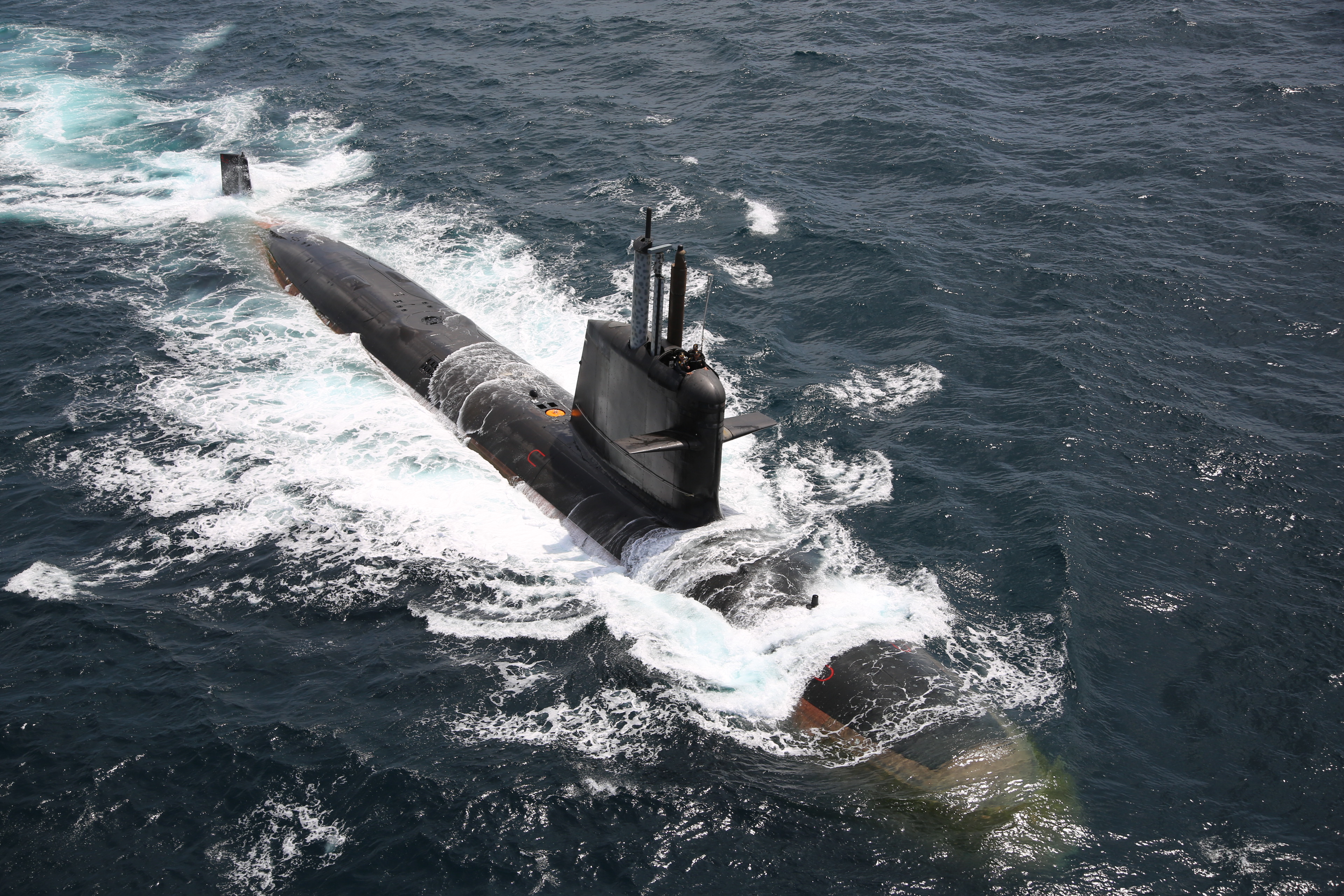
India’s quest for a stronger underwater presence is gaining momentum. Talks are underway between the Indian Navy and Naval Group for the procurement of three additional Scorpene submarines, according to Rear Admiral Rahul Kumar Shrawat (retd.), Chairman and Managing Director of Naval Group in India.
This new deal promises a significant boost to India’s indigenous defense capabilities. The agreement aims for a staggering 60% indigenous content in the submarines, marking a substantial leap from previous projects.
Continue readingSOURCE: IDRW.ORG
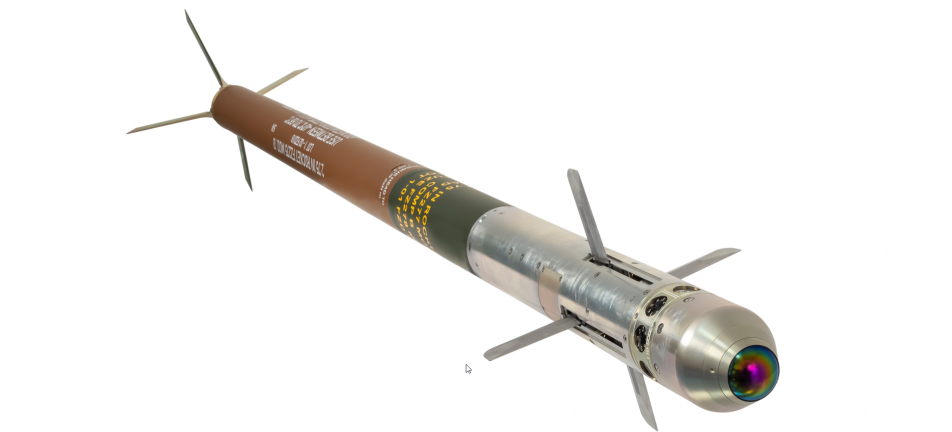
In a significant move towards self-reliance in defense manufacturing, India’s Adani Defence and Aerospace has joined forces with French giant Thales to produce two cutting-edge 70mm rocket systems within India. This collaboration will see the FZ275 Laser-Guided Rocket (LGR) and the FZ90 unguided Folding Fin Aircraft Rocket (FFAR) manufactured locally.
Under the agreement, Adani Defence will act as the prime integrator, responsible for overseeing the entire production process in India. This signifies a critical step towards India’s “Make in India” initiative, fostering domestic defense capabilities and reducing reliance on foreign imports.
Continue readingSOURCE: AFI

The Indian Ministry of External Affairs (MEA) has categorically denied recent media reports suggesting a blanket ban on military exports to India by Turkey. During a regular press briefing, MEA spokesperson Randhir Jaiswal dismissed the claims as “disinformation at best.”
The reports had alleged that Turkey’s decision to halt arms and military equipment exports to India was aimed at benefiting Pakistan and further escalating tensions between the two South Asian neighbors.
Continue readingSOURCE: AFI

In a significant boost to India’s naval capabilities, the Ministry of Defence (MoD) is poised to greenlight the procurement of eight additional Nilgiri-class frigates under the Project-17 Beta (P-17B) program. Building upon the successful Project-17 Alpha (P-17A) frigates, the P-17B vessels are expected to incorporate several enhancements to address evolving maritime threats.
The upcoming frigates are likely to feature a robust suite of anti-drone measures, including advanced jammers and hard-kill systems to counter both sea-based and airborne drones. To bolster its anti-air capabilities, the P-17B frigates are anticipated to be equipped with the Vertical Launch System for Short Range Surface-to-Air Missiles (VLS-SAM) alongside a longer-range missile system, such as the Barak-8 or ERADS.
Continue readingSOURCE: AFI

India is engaged in high-stakes negotiations with GE Aerospace for the transfer of technology (ToT) for the F-414 engine, a critical component for its indigenous fighter aircraft program. While this marks a significant step forward, the country’s past experiences with ToT agreements for the RD-33 and AL-31F engines raise concerns about its ability to effectively leverage such partnerships for domestic engine manufacturing.
While ToT can undoubtedly provide access to advanced technologies and manufacturing processes, India’s track record suggests that mere transfer of knowledge is insufficient to build a robust domestic engine industry. The country has struggled to convert acquired technologies into indigenous capabilities, resulting in limited value addition to its supply chain.
Continue readingSOURCE: AFI

The Western Command of the Indian Army recently witnessed a capability demonstration of the Akashteer Control Centers by the Air Defenders of the Rising Star Corps. The Army Commander commended the troops for their operational preparedness.
Project Akashteer, an Automated Air Defence Control & Reporting System, is a significant milestone in India’s self-reliance journey. This indigenous system will equip the Indian Army’s Air Defence units with cutting-edge capabilities, enabling them to operate seamlessly in an integrated manner.
Continue reading